Forest fires continue
The consecutive forest fires have left serious consequences in terms of economic and human losses. The assessment of the Department of Forestry and Forest Protection (Ministry of Agriculture and Environment) shows that in the past 13 years, the development of forest fires in the northern provinces has never been as complicated and serious as it is now.
The forest fire occurred in the early afternoon of April 16, 2025 in Ha Nam.
In particular, the forest fire at the end of March in Hoang Khai commune, Yen Son district, Tuyen Quang province killed one person and burned down over 20 hectares of forest. The forest fire in Bac Kan on April 16 also killed one person while fighting the fire. Most recently, on April 21, a forest fire in Vinh Quang commune (Cao Bang city) killed another person. Previously, on the night of April 12, two large forest fires occurred in Quang Ninh province in Dai Yen ward (Ha Long city) and sub-region 291, Khe Boc area (Binh Lieu town, Binh Lieu district).
The fires burned more than 40 hectares of vegetation, mainly fallen forest after Typhoon Yagi. Local authorities mobilized more than 400 people to fight the fire overnight, and by dawn on April 13, the fire was under control, preventing it from spreading to residential areas. Right in Hanoi, on April 19, a forest fire broke out in Ba Vi National Park, causing damage to about 0.348 hectares of forest (about 3,480m2); of which planted forest was about 980m2, and regenerated forest was 2,500m2. According to initial investigation by authorities, the cause of the forest fire in Ba Vi National Park was caused by humans.
According to Mr. Doan Hoai Nam, Deputy Director of the Department of Forestry and Forest Protection, the situation of forest fires in the northern provinces in recent months has been very alarming. Especially when the number of forest fires and damaged areas have nearly doubled compared to the same period in 2024. In particular, the situation of forest fires in the past 3 months shows that the trend of forest fires not only appears in high-risk areas that have been warned, but can also spread to areas that have previously recorded few incidents. "This shows that climate change is disrupting local climate laws and at the same time warns of negligence in forest fire management and monitoring," Mr. Nam said.
In addition to the extreme weather conditions and low humidity, the large source of combustible materials due to the impact of storm No. 3 also makes forest fire control difficult. According to statistics, 20 provinces and cities affected by storm No. 3 with an area of 190,000 hectares of forest are at high risk of forest fires, such as Son La, Dien Bien, Lai Chau, Cao Bang, Lang Son, Yen Bai, Bac Giang... Storm No. 3 caused many areas of forest to be knocked down and broken, unintentionally creating a large source of combustible materials. "If there are no good fire prevention and fighting measures, just a little carelessness from humans can cause a fire to break out at any time," Mr. Nam warned.
An ash can burn down a forest.
Of the more than 130 forest areas at risk of fire on April 22, as warned by the Department of Forestry and Forest Protection, up to 35 forest areas were at extremely dangerous fire risk and dangerous fire risk for 97 locations in the Northern region and some provinces in the Southern region and the Central Highlands. The leaders of the Department of Forestry and Forest Protection also pointed out the current subjective problem leading to the increase in forest fires, which is that the forest fire risk warning system is still mainly based on data from fixed meteorological stations - which are local in nature and do not fully reflect the microclimate in the mountainous forest area. For example, in a district, there are places where it has just rained and the humidity is high, while the forest on the other side of the mountain is dry and windy, making it very easy for fires to break out.
Lessons learned from recent fires show that if not strictly controlled, just a strong wind and embers from a pile of garbage in a residential area can be swept into areas with dry vegetation, causing a large fire. Meanwhile, current firefighting equipment is still very rudimentary, relying mainly on human power and manual tools such as knives, tree branches, hand sprayers; as well as lacking mechanical equipment, aircraft, high-pressure nozzles and remote warning systems.
Therefore, when the fire spreads, these tools are almost impossible to control the fire. Notably, according to the management agency, the cause of forest fires is not only due to extreme weather conditions, but also due to "gaps" in awareness due to careless behaviors such as burning trash, burning bees, handling vegetation, and throwing cigarette butts in conditions of strong winds and low humidity, making vegetation very susceptible to fire.
Commenting further on the risk of forest fires in the coming time, Deputy Director of the Department of Forestry and Forestry Doan Hoai Nam said that the Northern and Central regions are gradually entering a period of peak heat, so the risk of forest fires will increase to a very high level. Especially, in dry weather conditions, little rain, strong winds make the risk of fires spreading quickly and difficult to control.
Therefore, the Department of Forestry and Forest Protection recommends that people and tourists closely monitor forest fire forecasts and warnings on the department's website to promptly detect and handle fire spots. Currently, it is the peak of the forest planting season, many places are carrying out vegetation treatment, clearing and burning organic waste along the forest edge, while strong winds and dry vegetation can cause fires to spread into the forest in just a few minutes. Therefore, in addition to controlling forested areas, the Department of Forestry and Forest Protection recommends that localities pay special attention to areas bordering production land - forest land, newly cleared fields or areas where people often burn garbage.
“Every small fire needs to be closely monitored, because a single ash blown by the wind can cause the entire forest to burn down. If a forest fire occurs, not only will trees, bamboo or medicinal herbs be lost, but the protective soil layer will also be destroyed, water quality will be reduced, and the risk of landslides and erosion will increase, and more seriously, the entire ecosystem will be affected,” the Deputy Director of the Department of Forestry and Forest Protection warned.
In particular, localities need to expand community forest management models combined with protection and fire prevention, and strengthen the inspection and supervision role of commune and village authorities - places that have direct contact with people using fire in production and daily life. In addition, early detection of fire spots and timely fire fighting will help significantly reduce damage.
Source: https://cand.com.vn/doi-song/canh-bao-su-lo-la-trong-quan-ly-va-giam-sat-rung-i766015/


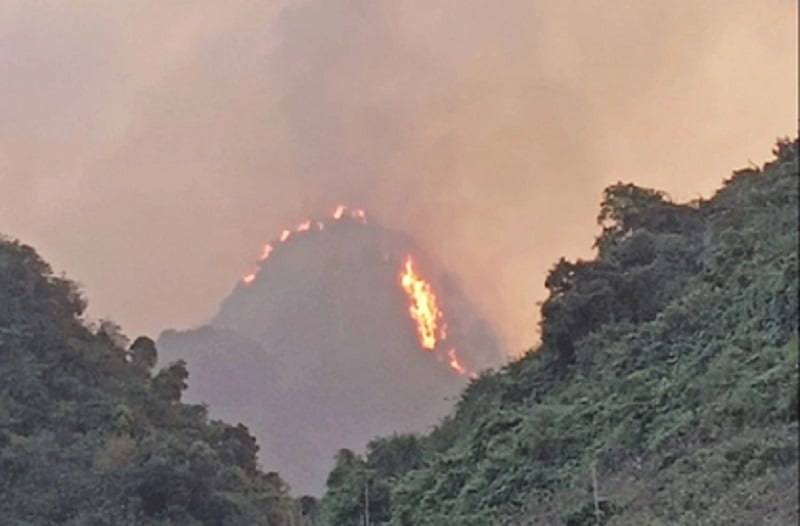


















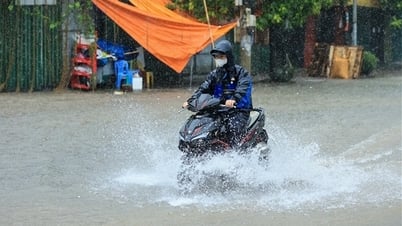
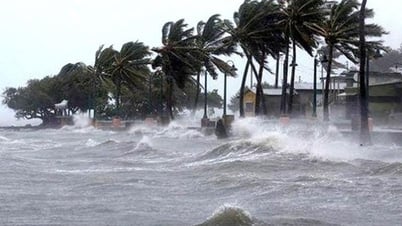


![[Photo] General Secretary To Lam meets with Chairman of the Federation Council, Parliament of the Russian Federation](https://vphoto.vietnam.vn/thumb/1200x675/vietnam/resource/IMAGE/2025/5/10/2c37f1980bdc48c4a04ca24b5f544b33)
![[Photo] Ho Chi Minh City: Many people release flower lanterns to celebrate Buddha's Birthday](https://vphoto.vietnam.vn/thumb/1200x675/vietnam/resource/IMAGE/2025/5/10/5d57dc648c0f46ffa3b22a3e6e3eac3e)






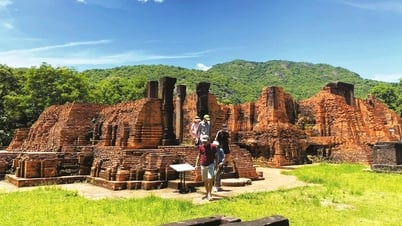





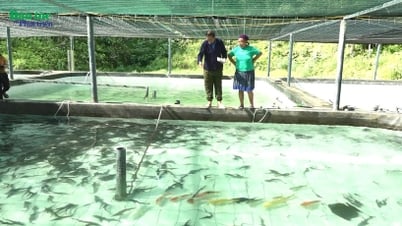






















































Comment (0)